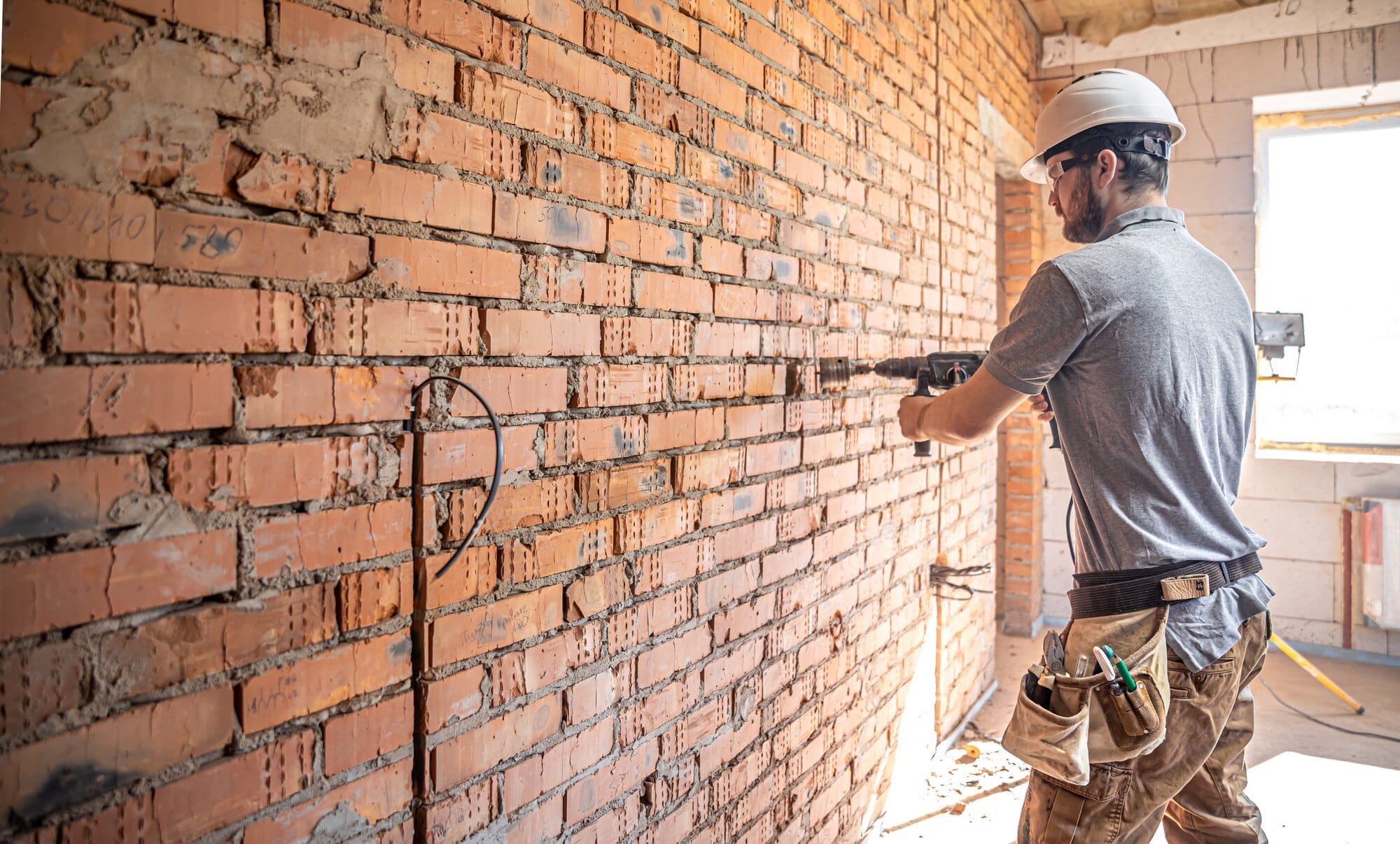An existing house poses its own set of problems; there could be no foundations to speak of for the house, the wiring might be too old to salvage, and structural issues you hadn’t dream of might be uncovered once the layers are stripped away. This could require expensive steel supports and consolidation work.
This is why having a large contingency when you’re renovating is important; estimates vary but generally speaking, if you can manage it, set aside a third of your budget. It sounds like a lot but you might end up having to sink a lot in the building fabric.
That said, be weary of damp proofing measures and get advice from an independent professional; there are many products and services in this area and you could be doing more harm than good if you follow sales pitches from the people selling them.
On listed buildings, you’re likely to need to work in parallel with your local authority’s conservation officer.
Working to a plan will yield savings, even on a small renovation project. Some people take it room by room, others will be able to work on a bigger scale. Whichever approach you choose, make sure to have a plan in place. Grant-aided projects and energy upgrades will often require at least an assessor to be part of the process and they can help guide the direction the work is to take.
Getting at least three quotes for every job and major expense is also advisable, especially at a time when the labour market is tight. There is a temptation to buy the first thing you see that you like but as with grocery shopping, having a plan and buying what you need will yield big savings. Impulse buys are often where the budget goes bust.
As a rule of thumb, for materials it’s a good idea to always get 10 per cent more of what you think you need, from wallpaper to paint and tiles. By getting the products from the same batch you know they will match and fit – especially important for wallpaper with patterns but also for paint which is usually mixed per batch.
It’s a question of balancing this with not overordering, as you don’t want to end up with a load of materials left over. You may be charged a restocking fee to return them, or not be allowed to return the item if it was made to order. Or the cost of sending them back could be more than they are worth; if you’re in this situation, social media platforms and specialist websites are good places to try to sell them on or give these away for free.
As with a new build or extension project, a builder’s merchant account will help manage cash flow and get trade discounts.






